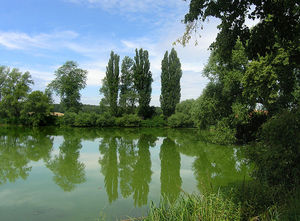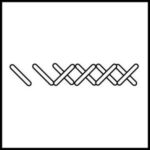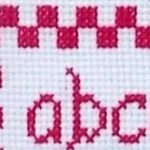Field water treatment is a critical issue for cross-country trekkers and backcountry campers. Since a gallon of water weights more than 8 pounds, carrying all the water one might need to drink into the field for any trip lasting more than a single night is simply impossible. Many use water purification devices to treat water from local sources and make it safe to drink. However, these devices can be damaged, or their filters can simply run out due to a careless oversight. These are the reasons why a handy survival trick is to know how to purify water in the field.
Treating water in the field into something that is safe to drink is a two-step process. The first part of that process is killing parasites, bacteria, and any other harmful microorganism that might be in the water. One handy method for doing this is to use chemical additives. Veteran backpackers are often familiar with iodine tablets, and another method used widely around the world is to add chlorine drops. 8 drops of Clorox are enough to kill all the microorganisms in a gallon of water. For both of these chemicals, wait at least 45 minutes before drinking the water, to give the chemicals time to do their job.
However, the best method is good old-fashioned boiling. Most microorganisms that live in water are killed at hot temperatures below the boiling point of water, so just a few minutes of boiling will be enough to cleanse the water of this particular class of hazards. Also, building a campfire to boil the water will create the raw material for the next step: charcoal.
Brita and Pur water filters work by using activated carbon, which is basically powdered charcoal. Charcoal has a naturally fissured, pitted surface on a microscopic level, creating a vast surface area. The carbon in the charcoal is chemically sticky, so other materials (especially organics) tend to stick to it. This combination of elements allows a little charcoal to withdraw a lot of pollutants from local water. These pollutants will have come out of the chemical purification or boiling untouched, making this second step a necessity.
To build a carbon filter for field water treatment, take a water bottle and poke a pinhole in the bottom. Then go to the campfire and rake out some charcoal. Grind this charcoal into little bits with a whatever rock is available and handy, and then fill the bottle with that charcoal. If you have a sieve, place that above this homemade carbon filter to catch any big chunks of matter that are in the water, and then put a jug or bottle beneath the homemade filter. Start pouring the water treated in the first stage through the sieve and bottle. Pouring will go slowly because of the pinhole aperture at the bottom, but that is necessary to put the water through maximum contact with the charcoal.
The water that comes through this process will be safe to drink, excepting heavy metal contamination. However, the latter is unlikely unless one is downriver from a major mining operation with no pollution controls. This simple process, using materials most any camper will already have on hand, can create large quantities of treated drinking water, and its fundamentals are a key survival skill.
Sources: http://www.csgnetwork.com/h2oemergencypurifycalc.html; http://www.ag.ndsu.edu/pubs/h2oqual/watsys/ae1029w.htm






